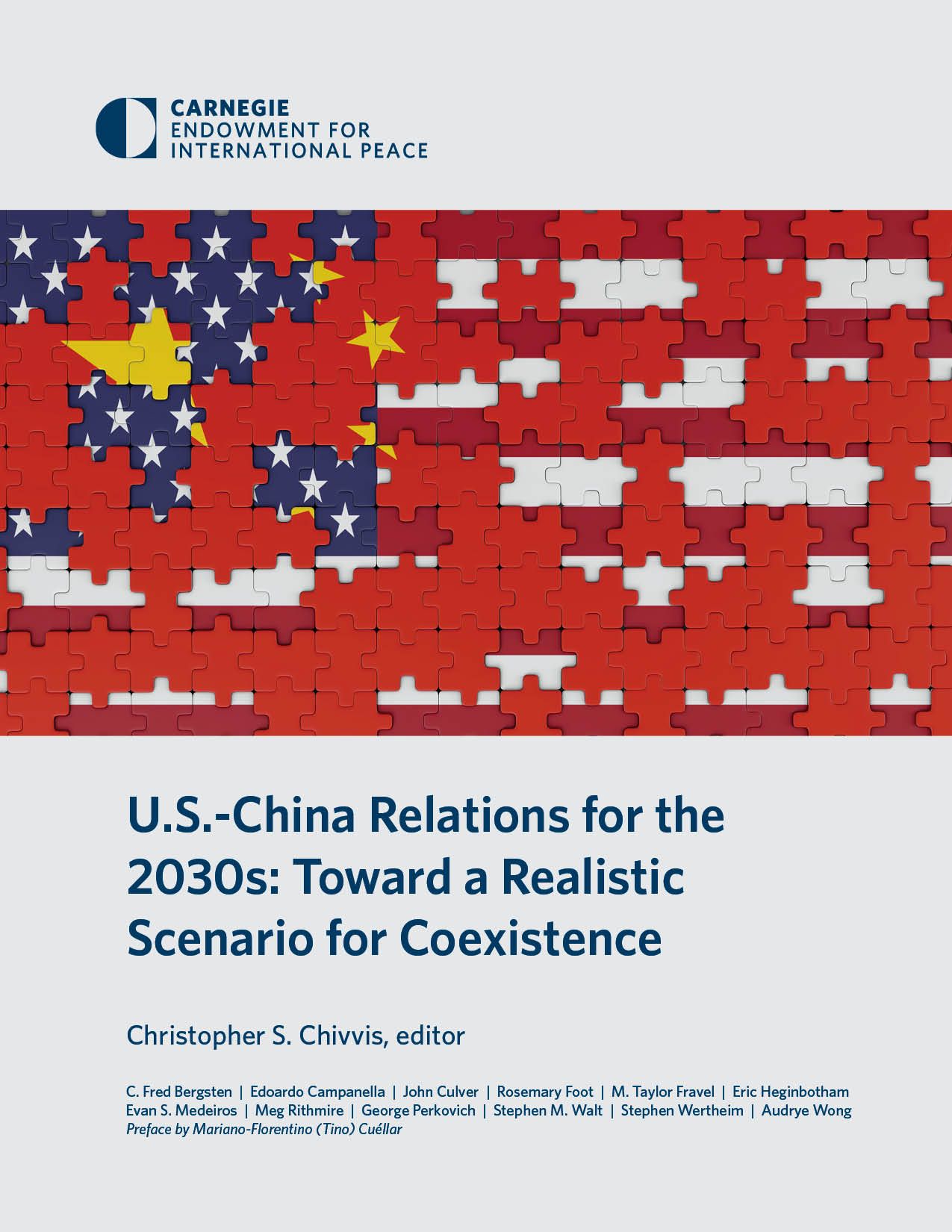Report on U.S. Supreme Court Ruling in Medina v. Planned Parenthood and its Implications for Sustainable Development Goals
Executive Summary of the Ruling
In the case of Medina v. Planned Parenthood South Atlantic, the U.S. Supreme Court ruled in a 6-3 decision to permit states to prohibit Medicaid patients from using their benefits at healthcare providers that also offer abortion services. This decision effectively allows states to exclude otherwise qualified providers from the Medicaid program for reasons unrelated to their clinical competency, setting a precedent that significantly impacts patient access to care and the enforcement of federal law.
Direct Conflict with SDG 3: Good Health and Well-being
The court’s decision fundamentally undermines the principles of Sustainable Development Goal 3, which aims to ensure healthy lives and promote well-being for all at all ages. By restricting patient choice, the ruling directly impedes progress toward Universal Health Coverage (Target 3.8).
- Restricted Access: The ruling affects approximately 79 million low-income individuals on Medicaid, including children, pregnant patients, the elderly, and people with disabilities, by limiting their ability to choose their preferred healthcare provider.
- Loss of Comprehensive Care: Organizations like Planned Parenthood provide a wide range of essential health services beyond abortion, the loss of which disproportionately harms vulnerable populations. These services include:
- Primary care services
- Breast and cervical cancer screenings
- Sexually transmitted disease (STD) screening and treatment
- Contraceptives and family planning
- Reproductive Health Rights: The decision is a direct setback for Target 3.7, which calls for universal access to sexual and reproductive health-care services.
Exacerbating Disparities in Contravention of SDG 5 and SDG 10
The ruling widens existing inequalities, running counter to SDG 10 (Reduced Inequalities) and SDG 5 (Gender Equality).
- SDG 10 (Reduced Inequalities): The decision creates a system where access to healthcare is determined by a patient’s state of residence and income level, deepening health disparities. It disproportionately harms low-income individuals who rely on the Medicaid safety net, undermining Target 10.3 to ensure equal opportunity and reduce inequalities of outcome.
- SDG 5 (Gender Equality): As the excluded providers are often primary sources of healthcare for women, the ruling represents a significant blow to gender equality. It curtails women’s autonomy over their health decisions and limits access to reproductive care, in direct opposition to Target 5.6, which seeks to ensure universal access to sexual and reproductive health and reproductive rights.
Erosion of Legal and Institutional Frameworks (SDG 16)
The decision weakens the mechanisms for legal accountability and institutional oversight, which are central to SDG 16 (Peace, Justice and Strong Institutions).
- Denial of Legal Recourse: The Court has effectively closed the door on patients and providers using Section 1983 lawsuits to enforce the “free choice of provider” provision in the Medicaid Act. This removes a critical tool for ensuring state compliance with federal law.
- Weakened Accountability: This action compromises Target 16.3 (Promote the rule of law and ensure equal access to justice for all) by preventing individuals from challenging state actions that violate their statutory rights.
- Ineffective Enforcement: While the Department of Health and Human Services (HHS) retains the power to withhold federal funds from noncompliant states, this is considered a blunt and often infeasible tool. The ruling thus weakens the development of effective and accountable institutions (Target 16.6) by allowing states to defy federal requirements with less fear of precise legal consequences.
Systemic Risks to the Social Safety Net and Broader SDGs
The legal reasoning in Medina poses a threat that extends beyond Medicaid, potentially undermining the entire structure of the American social safety net and progress on multiple SDGs.
- Precedent for Other Programs: The ruling’s logic—that the federal government alone should enforce conditions on its spending programs—could be applied to other vital federal-state partnerships, jeopardizing progress on SDG 1 (No Poverty) and SDG 2 (Zero Hunger). Programs at risk include:
- Temporary Assistance for Needy Families (TANF)
- Supplemental Nutrition Assistance Program (SNAP)
- Special Supplemental Nutrition Program for Women, Infants, and Children (WIC)
- Federal education and public health initiatives
- Threat to Evidence-Based Policy: The decision empowers states to impose policy and ideological preferences on medical care, potentially excluding providers for politically disfavored activities such as providing vaccines or promoting public safety measures. This jeopardizes the quality of healthcare and undermines the goal of ensuring well-being for all (SDG 3).
Which SDGs are addressed or connected to the issues highlighted in the article?
- SDG 3: Good Health and Well-being
- SDG 5: Gender Equality
- SDG 10: Reduced Inequalities
- SDG 16: Peace, Justice and Strong Institutions
What specific targets under those SDGs can be identified based on the article’s content?
-
SDG 3: Good Health and Well-being
- Target 3.7: Ensure universal access to sexual and reproductive health-care services. The article directly addresses this by discussing state actions to block Medicaid funding for Planned Parenthood, an organization that provides “primary care services, such as breast and cervical cancer screenings; sexually transmitted disease screening and care; and contraceptives,” as well as abortions. The South Carolina policy to exclude PPSA unless it stopped providing abortions is a direct restriction on access to these services.
- Target 3.8: Achieve universal health coverage, including financial risk protection, access to quality essential health-care services. The article centers on the Medicaid program, which provides health insurance for “roughly 79 million low-income people.” The Supreme Court’s decision undermines a key provision of the Medicaid Act—the “free choice of provider”—which was designed to ensure patients have access to quality care. The article warns that if states can “exclude providers regardless of clinical qualifications, health care quality and access for millions of Americans could be jeopardized.”
-
SDG 5: Gender Equality
- Target 5.6: Ensure universal access to sexual and reproductive health and reproductive rights. The article’s context is the aftermath of the Dobbs decision, which “overturned the right to access abortion.” The case discussed, Medina v. Planned Parenthood, is presented as a further step in limiting access to reproductive healthcare, which disproportionately affects women. The article explicitly links the state actions to a desire to “severely restrict abortion access” and “defund” Planned Parenthood, a key provider of women’s health services.
-
SDG 10: Reduced Inequalities
- Target 10.2: Empower and promote the social, economic and political inclusion of all, irrespective of… sex… or economic or other status. The ruling specifically impacts “low-income people who rely on Medicaid’s public health insurance coverage.” By removing their ability to sue in federal court to protect their choice of provider, the decision disempowers this specific economic group and curtails their inclusion in healthcare decisions. The focus on reproductive rights also points to an impact based on sex.
- Target 10.3: Ensure equal opportunity and reduce inequalities of outcome, including by eliminating discriminatory laws, policies and practices. The article describes how states like South Carolina, Texas, and others have created policies to specifically exclude Planned Parenthood. This practice creates unequal access to healthcare for low-income populations in those states compared to others, directly leading to inequalities of outcome in health and well-being. The article notes this reflects a “long campaign to weaken the American safety net.”
-
SDG 16: Peace, Justice and Strong Institutions
- Target 16.3: Promote the rule of law… and ensure equal access to justice for all. A central point of the article is that the Supreme Court’s ruling “effectively closed federal courthouse doors to patients trying to protect their own access to care.” It details how patients and providers previously used the “section 1983” law to sue noncompliant states. By eliminating this legal recourse, the decision denies a specific group—Medicaid patients and providers—equal access to justice to enforce their statutory rights.
- Target 16.6: Develop effective, accountable and transparent institutions at all levels. The article questions the effectiveness of the Department of Health and Human Services (HHS) as the sole enforcement mechanism for Medicaid rules. It states that HHS “does not have enough staff to police each state’s actions” and relies on lawsuits to identify noncompliance. The ruling weakens accountability for states, as they can now “exploit HHS’s understaffing, as well as HHS’s underenforcement of Medicaid rules.”
Are there any indicators mentioned or implied in the article that can be used to measure progress towards the identified targets?
-
SDG 3: Good Health and Well-being
- Mentioned Indicator: The number of people enrolled in public health insurance programs. The article states there are “roughly 79 million low-income people who rely on Medicaid.”
- Mentioned Indicator: The proportion of all births covered by public insurance. The article specifies that Medicaid “pays for over 40% of all U.S. births.”
- Implied Indicator: The number of states with laws or policies restricting Medicaid patients’ free choice of provider, particularly for reproductive health services.
-
SDG 5: Gender Equality
- Implied Indicator: The number of states that have “defunded” or excluded Planned Parenthood and similar providers from their Medicaid programs. The article names “South Carolina, Texas, Louisiana, Missouri, and Arkansas” as part of this movement.
- Implied Indicator: Legal status and accessibility of abortion and contraceptive services at the state level for low-income populations.
-
SDG 10: Reduced Inequalities
- Implied Indicator: Disparities in healthcare access and availability for Medicaid recipients between different states. The article highlights that the ruling means “implications for access to medical care across different states cannot be overstated.”
- Implied Indicator: The number of social safety net programs (e.g., TANF, SNAP, WIC) affected by court rulings that limit individual enforcement of federal spending conditions.
-
SDG 16: Peace, Justice and Strong Institutions
- Implied Indicator: The number of lawsuits successfully brought by individuals under “section 1983” to enforce rights under federal spending programs like Medicaid. The article implies this number will drop significantly as a result of the ruling.
- Implied Indicator: The number of enforcement actions taken by HHS to ensure state compliance with Medicaid rules. The article suggests this is an insufficient mechanism due to understaffing and political factors.
Table of SDGs, Targets, and Indicators
| SDGs | Targets | Indicators |
|---|---|---|
| SDG 3: Good Health and Well-being |
3.7: Ensure universal access to sexual and reproductive health-care services.
3.8: Achieve universal health coverage… access to quality essential health-care services. |
– Number of people enrolled in Medicaid (“roughly 79 million”). – Proportion of U.S. births covered by Medicaid (“over 40%”). – (Implied) Number of states restricting free choice of provider for Medicaid patients. |
| SDG 5: Gender Equality | 5.6: Ensure universal access to sexual and reproductive health and reproductive rights. |
– (Implied) Number of states that have “defunded” Planned Parenthood from Medicaid. – (Implied) State-level accessibility of abortion and contraceptive services for low-income women. |
| SDG 10: Reduced Inequalities |
10.2: Empower and promote the social, economic and political inclusion of all.
10.3: Ensure equal opportunity and reduce inequalities of outcome. |
– (Implied) Disparities in healthcare access for Medicaid recipients across different states. – (Implied) Number of social safety net programs (SNAP, WIC) where individual enforcement rights are curtailed. |
| SDG 16: Peace, Justice and Strong Institutions |
16.3: Promote the rule of law… and ensure equal access to justice for all.
16.6: Develop effective, accountable and transparent institutions at all levels. |
– (Implied) Number of lawsuits filed by individuals under “section 1983” to enforce Medicaid rights. – (Implied) Number of HHS enforcement actions against noncompliant states. |
Source: acslaw.org







